After generations of urbanization, most Americans can no longer see the Milky Way from their homes. According to experts, nearly 80 percent of Americans cannot view our galaxy from where they live due to light pollution. Fortunately, there are still places across the country where the night sky appears as our ancestors once saw it—dazzling with thousands of stars and celestial wonders.
Here is a list of 20 premier stargazing destinations across the United States that offer extraordinary views of our universe.
Big Bend National Park, Texas

Far from any significant populated areas, Big Bend boasts the lowest light pollution of any national park in the lower 48 states. The park offers ranger-guided stargazing programs and moonlight hikes, though simply looking upward at night provides an incredible cosmic display.
The remote Chihuahuan Desert setting creates perfect conditions for viewing the Milky Way and even spotting the Andromeda galaxy on clear nights.
Natural Bridges National Monument, Utah

As Utah’s first nationally protected land, Natural Bridges became the world’s first Dark Sky Park in 2007. It remains one of the top destinations globally for astrophotography, with its iconic natural rock bridges forming a stunning foreground against the visible Milky Way.
Lonely Planet. The monument’s high elevation and dry air provide exceptional clarity for observing deep space objects.
Like Travel Pug’s content? Follow us on MSN.
Cherry Springs State Park, Pennsylvania
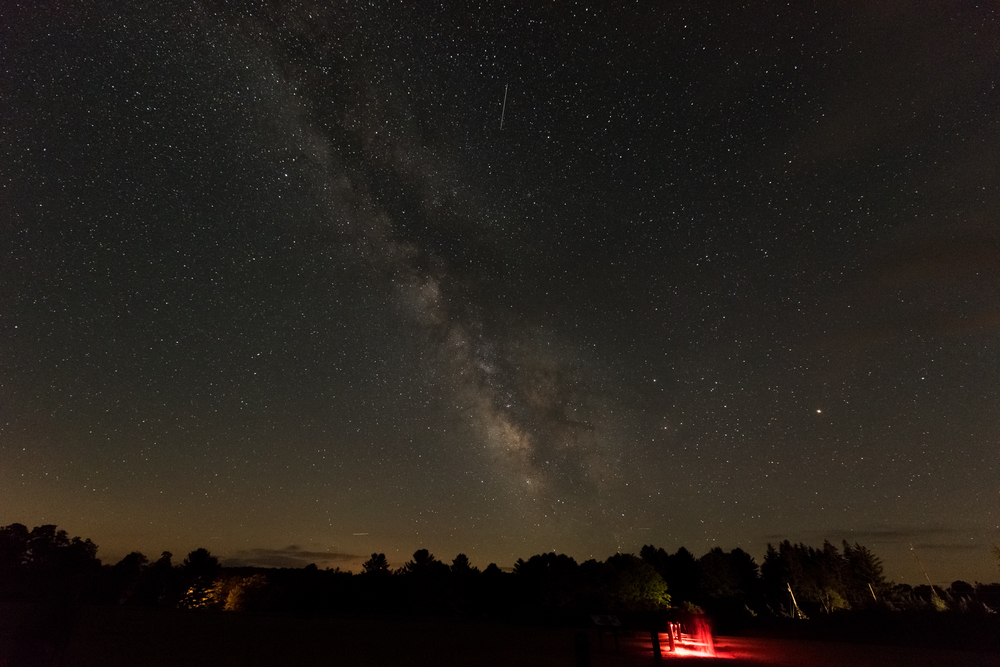
Located within Susquehannock State Forest, Cherry Springs is considered the best place for stargazing in the eastern United States. The park offers a remarkable 360-degree night sky view from its Astronomy Field.
Under optimal conditions, the Milky Way becomes so bright that it casts shadows on the ground. As one of the few International Dark Sky Parks in the eastern U.S., it’s a haven for astronomy enthusiasts.
Death Valley National Park, California

Only 140 miles from Los Angeles, Death Valley starkly contrasts with urban sky glow. Officially declared an International Dark Sky Park in 2013, Death Valley allows visitors to explore its extreme landscapes during daylight before witnessing stellar displays after sunset.
The park holds a Spring Dark Sky Festival, featuring astronomy talks and stargazing with fellow enthusiasts. Clear skies are nearly guaranteed with less than two inches of rainfall annually.
Central Idaho Dark Sky Reserve, Idaho

Spanning more than 1,400 square miles across Idaho, the Central Idaho Dark Sky Reserve constitutes one of the largest pools of natural nighttime darkness in the United States. Visitors can enjoy the stars from many locations within the state, with Sun Valley and Ketchum offering some of the best viewing experiences.
These communities host Dark Sky dinners and events where visitors can learn from local astronomers.
Like Travel Pug’s content? Follow us on MSN.
Great Basin National Park, Nevada
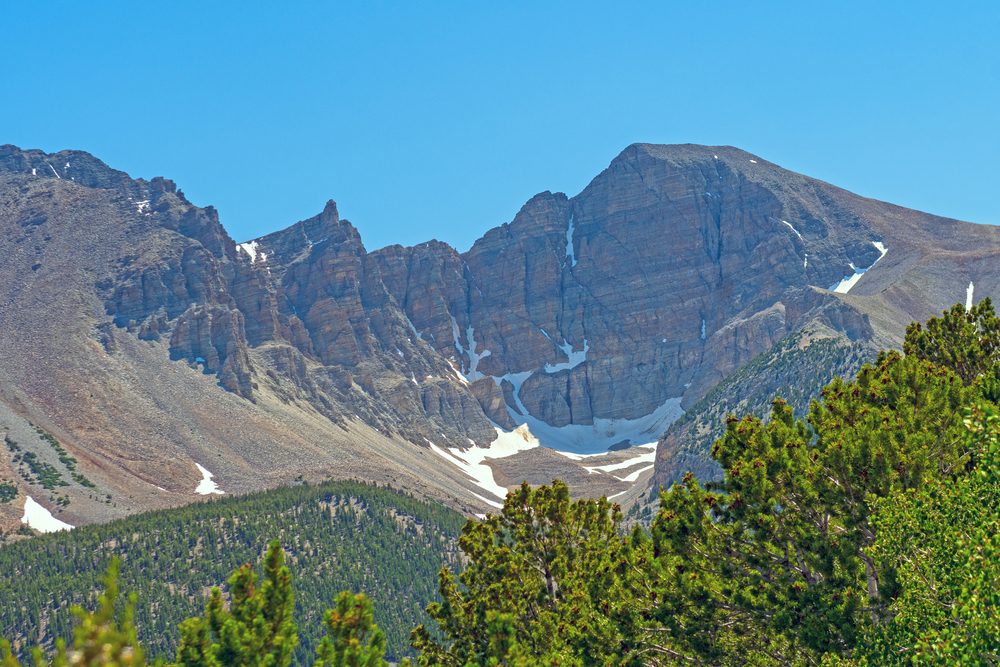
Among the least-visited national parks in America, Great Basin became an International Dark Sky Park in 2016, encompassing over 77,000 acres of pristine wilderness. Mather Overlook along the Wheeler Peak Scenic Drive offers an excellent vantage point for stargazing.
The park’s high elevation and dry climate provide exceptional clarity for observing celestial objects.
Glacier National Park, Montana

In 2017, Glacier was designated an International Dark Sky Park. It shares this title with Waterton Lakes National Park across the Canadian border, forming the Waterton-Glacier International Peace Park together.
The park’s remote location, high elevation, and low-humidity Rocky Mountain climate create ideal conditions for viewing stars from horizon to horizon. Camping overnight in one of the park’s designated areas provides the whole experience.
Voyageurs National Park, Minnesota

This northern Minnesota park near the Canadian border combines stunning forests and lakes with remarkably dark skies. With fewer than 250,000 annual visitors and minimal light pollution, Voyageurs is recognized by the International Dark Sky Association as one of the Midwest’s premier stargazing destinations.
The park’s interconnected waterways allow for a unique stargazing experience from boats.
Like Travel Pug’s content? Follow us on MSN.
Katahdin Woods and Waters National Monument, Maine

Below Maine’s Mount Katahdin (5,267 feet), cold, crystalline streams flow over granite formations while the Milky Way spans overhead. It is located about 90 minutes north of Bangor.
Beyond stargazing, visitors can enjoy hiking, mountain biking, canoeing, and kayaking during daylight hours. The monument’s Loop Road offers scenic overlooks ideal for nighttime viewing.
Joshua Tree National Park, California
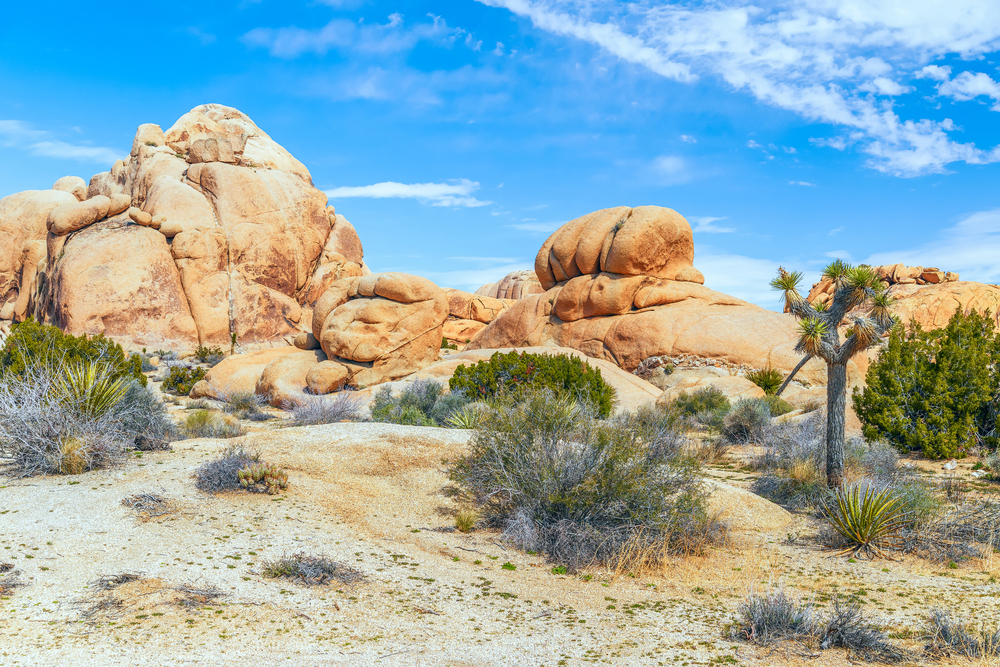
Despite being only 140 miles from one of America’s largest metropolitan areas, Joshua Tree ranks among the best stargazing locations in the western United States. The park is in the Mojave Desert and benefits from minimal humidity that reduces cloud cover.
The flat desert landscape with its distinctive Joshua trees and boulder formations provides a 360-degree viewing experience under remarkably dark skies.
Grand Canyon National Park, Arizona

Beyond its famous daytime vistas, the Grand Canyon offers spectacular night skies. In 2016, the park earned the International Dark Sky Park designation. The South Rim’s Desert View area and numerous overlooks along both rims provide excellent vantage points for stargazing.
The park hosts astronomy programs during summer, where rangers help visitors identify constellations and planets.
Like Travel Pug’s content? Follow us on MSN.
Acadia National Park, Maine

Acadia offers a unique sea and sky combination, making it a distinctive stargazing destination. Though not officially designated as an International Dark Sky Park, it still features relatively dark skies and draws many East Coast stargazers.
Recommend viewing spots include Surfside Beach, Nantucket Island, and Chatham Light Beach for optimal viewing away from residential lights. The contrast between the ocean and the star-filled sky creates unforgettable views.
Canyonlands National Park, Utah
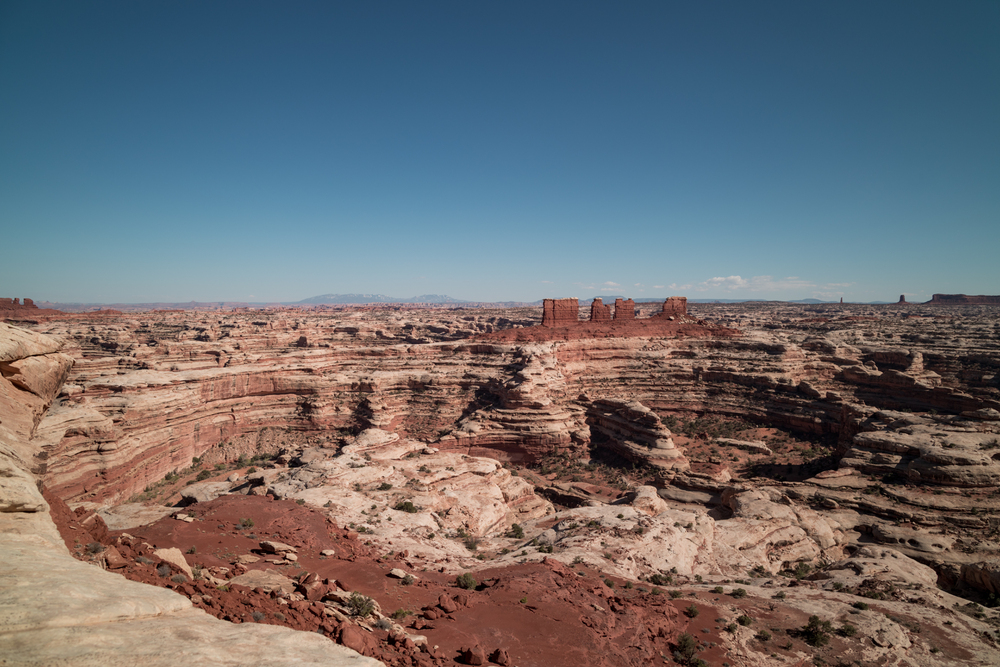
In 2015, Canyonlands was designated an International Dark Sky Park. The Island in the Sky district provides the most accessible stargazing area and the closest viewing spot for those staying in nearby Moab.
Photographers often gather at Mesa Arch to capture the iconic formation silhouetted against the star-filled sky. The remote Maze District offers unparalleled viewing for those seeking even darker skies.
Rappahannock County Park, Virginia

Despite its unassuming name and modest size, Rappahannock County Park holds International Dark Sky Park certification. Located at the gateway to Virginia’s Blue Ridge Mountains near the Appalachian Trail, it offers one of the few places on the East Coast where the Milky Way is visible.
The park’s proximity to Washington D.C., makes it accessible for urban dwellers seeking dark skies.
Like Travel Pug’s content? Follow us on MSN.
Dinosaur National Monument, Utah/Colorado
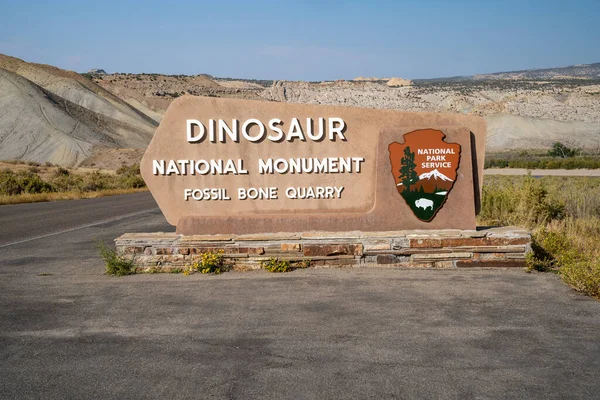
According to park officials, “Dinosaur National Monument has some of the darkest night skies in the United States,” allowing visitors to enjoy stars just as people would have hundreds or even thousands of years ago. The monument features magnificent dark skies and connects visitors to its primordial foundation.
Rangers offer Dark Sky programs at the Split Mountain Campground. Visit Utah. The monument spans both Utah and Colorado.
Redwood National and State Parks, California
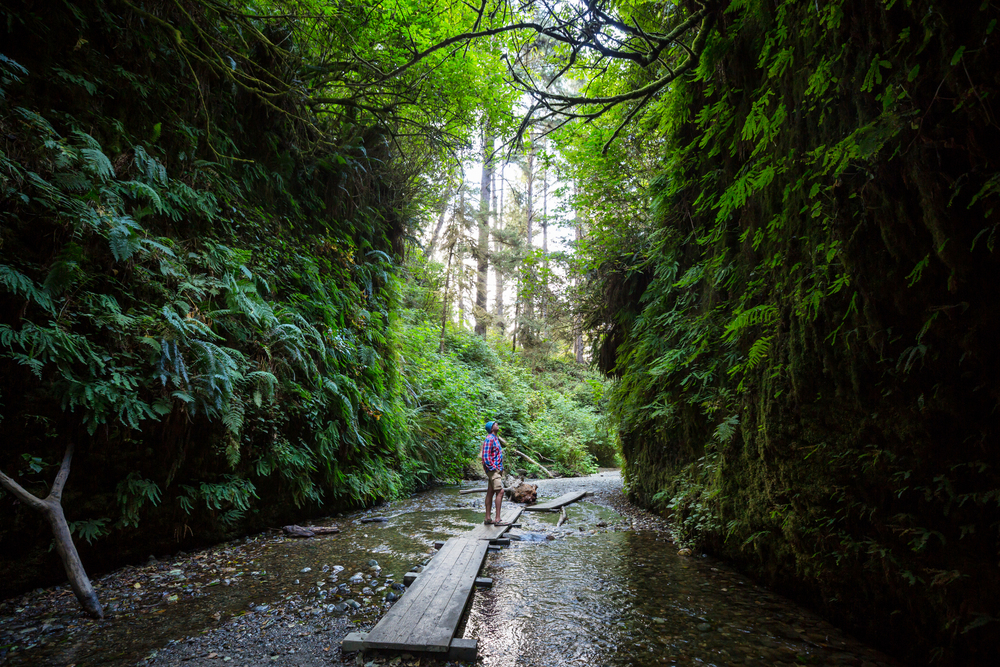
California’s coastal region offers a nature lover’s paradise with gorgeous beaches, towering redwoods, and stunning national parks. For optimal stargazing, Redwood National and State Parks—comprising Redwood National Park, Del Norte Coast, Jedediah Smith, and Prairie Creek Redwoods State Parks—cover 139,000 acres of old-growth temperate rainforests with minimal light pollution.
The contrast between ancient trees and timeless stars creates a profound experience.
Saguaro National Park, Arizona

In late 2023, Saguaro National Park earned an Urban Night Sky Place certification, one of only nine worldwide. This designation recognizes sites near or surrounded by urban areas whose planning and design actively promote authentic nighttime experiences despite proximity to artificial light.
The iconic saguaro cacti silhouetted against the starry sky create distinctive viewing opportunities.
Like Travel Pug’s content? Follow us on MSN.
Staunton River State Park, Virginia
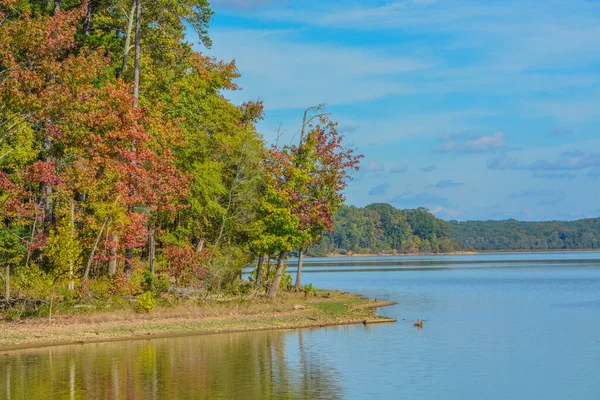
This Virginia park represents a hidden gem for East Coast stargazers. Recently named Virginia’s first Dark Sky Park, Staunton River has been recognized for its efforts to minimize light pollution.
The park hosts star parties each fall, where visitors gather for communal stargazing. Its relatively undiscovered status means fewer crowds than more famous destinations.
Mauna Kea, Hawaii
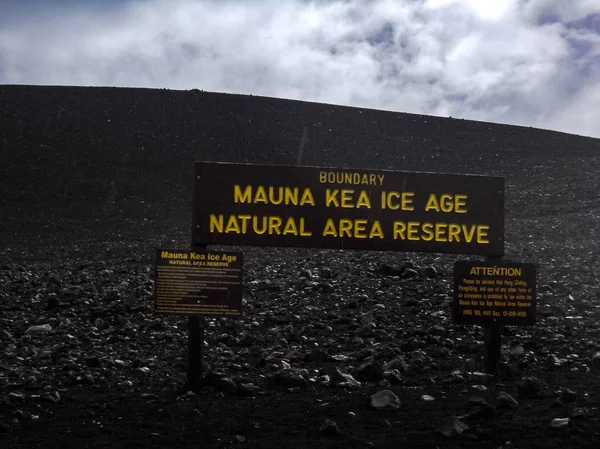
The Mauna Kea observatory is sixty times larger than the Hubble telescope and situated above a 14,000-foot volcano. Due to its dry atmosphere and cloud-free skies, this location offers premier stargazing conditions. Its minimal light pollution is further enhanced by its position in the middle of the Pacific Ocean.
The visitor center, located at 9,200 feet elevation, offers free nightly stargazing programs.
Cosmic Campground, New Mexico
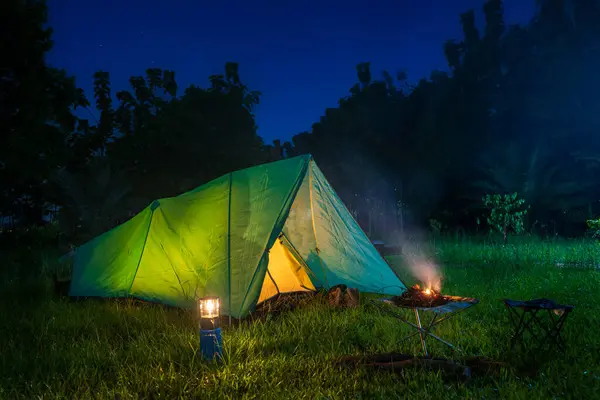
Cosmic Campground holds a special International Dark Sky Sanctuary designation, and it’s easy to understand why. The site provides 360-degree views of the night sky, and according to the U.S. Forest Service, there’s not a single light bulb within 40 miles in any direction.
Designed specifically for stargazers, the campground includes telescope pads and an open layout to maximize celestial viewing.
Like Travel Pug’s content? Follow us on MSN.
The Universe At Our Fingertips

These remarkable locations remind us of humanity’s ancient connection to the cosmos. While modern life has disconnected many from the night sky, these preserved dark places allow us to rediscover the wonder that inspired generations before us.
Whether you’re an experienced astronomer or simply curious about what lies beyond our planet, these destinations offer windows to the universe that remain profoundly moving and deeply humbling experiences.
More from Travel Pug

- Cities Growing so Fast You Won’t Recognize Them in 10 Years
- 13 Destinations Where Tourists Regularly Regret Their Trip
- 16 U.S. Cities That Are Quietly Becoming Travel Hotspots
- Where to Travel If You Love Long Bus Rides and Daydreams
- 20 Cities Perfect for Solo Travelers Who Crave Adventure & Culture
Like Travel Pug’s content? Follow us on MSN.
